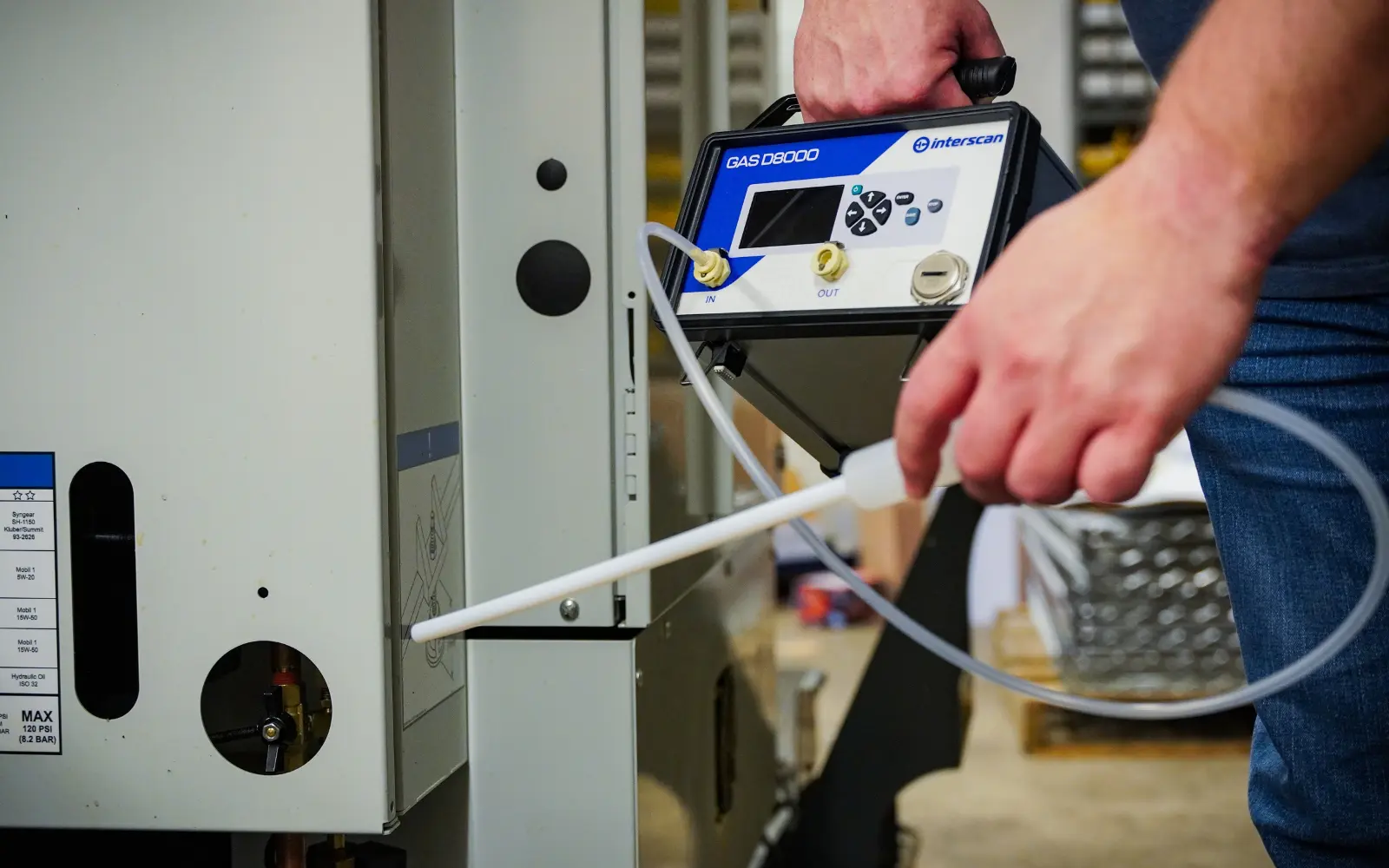Ammonia (NH3) is a colorless gas with a pungent odor, commonly used in various industrial applications, including agriculture, refrigeration, and chemical manufacturing. While ammonia is essential for many processes, it poses significant health risks when inhaled or exposed to skin. High concentrations can lead to severe respiratory issues, skin burns, and even fatalities. Therefore, effective detection of ammonia is crucial to safeguarding workers and ensuring compliance with safety regulations.
The Importance of Ammonia Detection
Detecting ammonia in industrial settings is vital for maintaining a safe working environment. Exposure to ammonia can cause a range of health problems, from mild irritation of the eyes and throat to severe respiratory distress and chemical burns. The Occupational Safety and Health Administration (OSHA) has established permissible exposure limits (PEL) for ammonia, making it essential for organizations to implement reliable detection systems to monitor ammonia levels and protect their employees.
Interscan's Advanced Ammonia Detection Technology
Interscan Corporation specializes in advanced gas detection solutions, including ammonia detectors designed to provide accurate and timely monitoring of ammonia levels. Ammonia detector utilize state-of-the-art sensor technology, capable of detecting ammonia concentrations as low as 5 parts per million (ppm). This high sensitivity allows for early detection of leaks, enabling organizations to take immediate action to mitigate risks.
Sensor Specifications and Measurement Range
Interscan's ammonia detectors are designed to operate within a specified measurement range, typically from 0 to 100 ppm, with a maximum overload capacity of 500 ppm. The resolution of these sensors is less than 1 ppm, ensuring precise measurements even at low concentrations. This capability is crucial in environments where ammonia is used or produced, as it allows for the detection of even trace amounts of the gas.
Real-Time Monitoring and Alerts
One of the key features of Interscan's ammonia detection systems is their ability to provide real-time monitoring and alerts. Continuous monitoring allows for the immediate identification of ammonia leaks, ensuring that safety protocols can be enacted swiftly. The detectors are equipped with audible and visual alarms that activate when ammonia levels exceed predetermined thresholds, alerting personnel to potential dangers and enabling prompt evacuation if necessary.
Portable and Fixed Detection Solutions
Interscan offers both portable and fixed-point ammonia detection solutions, catering to various industrial needs. Portable detectors are ideal for personal safety and spot-checking environments, allowing workers to monitor ammonia levels in real-time as they move through different areas. Fixed detectors, on the other hand, are installed in specific locations for continuous monitoring, ensuring that any leaks are detected immediately.
Maintenance and Sensor Replacement
Regular maintenance of ammonia detection systems is essential for consistent performance. Interscan's innovative Interchange Sensor System allows for quick and easy sensor replacements, minimizing downtime and ensuring that detectors remain operational. The design of these systems simplifies routine maintenance tasks, making it easier for organizations to keep their safety equipment in top condition.
Compliance with Safety Regulations
Interscan's ammonia detection equipment meets or exceeds industry standards and regulations, including those set by OSHA and the National Institute for Occupational Safety and Health (NIOSH). Compliance with these regulations is crucial for organizations operating in hazardous environments, as it ensures that they are adhering to safety guidelines and protecting their employees from potential harm.

Applications Across Various Industries
The applications of Interscan's ammonia detection systems span multiple industries, including agriculture, food processing, refrigeration, and chemical manufacturing. In agriculture, ammonia is often used as a fertilizer, while in refrigeration, it serves as a refrigerant in industrial cooling systems. By implementing advanced detection solutions, organizations can enhance their safety protocols and mitigate risks associated with ammonia exposure.
Conclusion
The detection of ammonia is essential for maintaining a safe working environment in industries that utilize this hazardous gas. Interscan Corporation's advanced ammonia detection technology, including high-sensitivity sensors, real-time monitoring, and easy maintenance, provides organizations with the tools they need to ensure compliance and protect their workforce. By prioritizing safety and investing in reliable gas detection systems, companies can effectively manage the risks associated with ammonia exposure and promote a culture of safety in the workplace.







